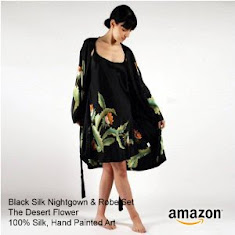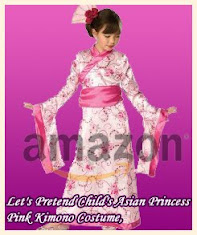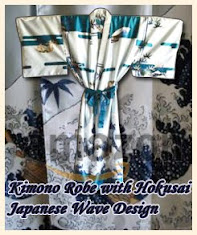The flowing, brush-drawn Japanese language lends itself to complicated calligraphy. Calligraphic art is often too esoteric for Western audiences and therefore general exposure is very limited. However in East Asian countries, the rendering of text itself is seen as a traditional artform as well as a means of conveying written information. The written work can consist of phrases, poems, stories, or even single characters. The style and format of the writing can mimic the subject matter, even to the point of texture and stroke speed. In some cases it can take over one hundred attempts to produce the desired effect of a single character but the process of creating the work is considered as much an art as the end product itself.
This art form is known as ‘Shodo’ (書道) which literally means ‘the way of writing or calligraphy’ or more commonly known as ‘Shuji’ (習字) ‘learning how to write characters’.
Commonly confused with Calligraphy is the art form known as ‘Sumi-e’ (墨絵) literally means ‘ink painting’ which is the art of painting a scene or object.
This art form is known as ‘Shodo’ (書道) which literally means ‘the way of writing or calligraphy’ or more commonly known as ‘Shuji’ (習字) ‘learning how to write characters’.
Commonly confused with Calligraphy is the art form known as ‘Sumi-e’ (墨絵) literally means ‘ink painting’ which is the art of painting a scene or object.
06.28 |
Category: |
0
komentar
.jpg)




.jpg)
.jpg)
.jpg)
.jpg)
.jpg)
.jpg)
.jpg)
.jpg)


Comments (0)